New iPhone feature. This is cool. In class we used use keynote or online services to cut out images. This is even simpler. No need for green screen. Works on my 4yr old phone. Hope it comes to iPadOS.
Tag: images
WebP, an image format developed by Google, which is intended to replace JPEG, PNG, and […]
“When converting medium-resolution photographs (approx 1600px – 2500px on the long edge), WebP files are often larger than the JPEG equivalent,” WordPress developer Mark Howells-Mead commented on the main ticket for WebP work.
And from the comments:
This plugin will disable WebP generation by default. No settings, just a filter for those who can’t do it on their own.
Just from the point of not having many duplicates, jpg and webp versions taking up server space the plugin seems woth a though.
Make the background transparent for images of humans, animals, or objects. Download images in high resolution for free for e-commerce and personal use. No credit card needed.
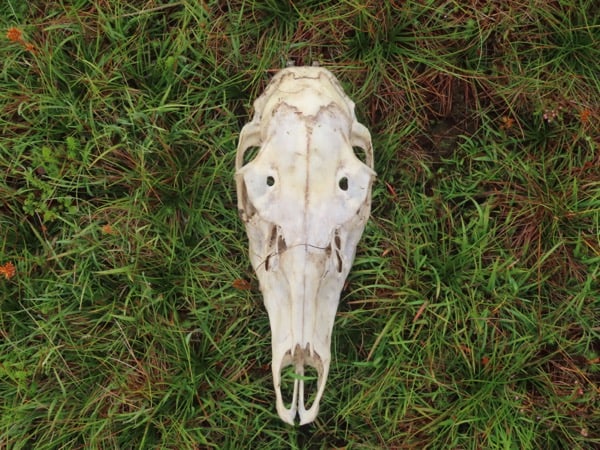
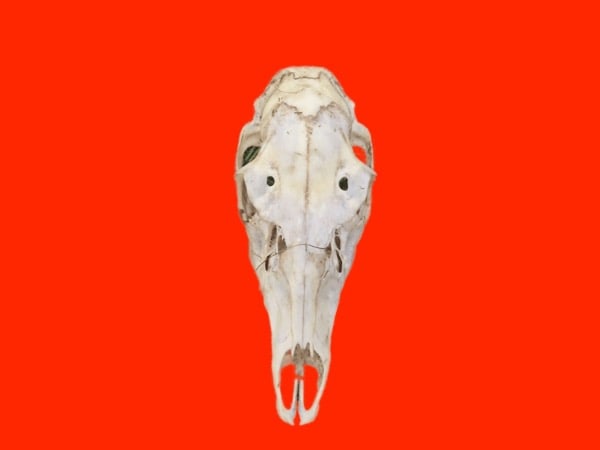
Output with fade
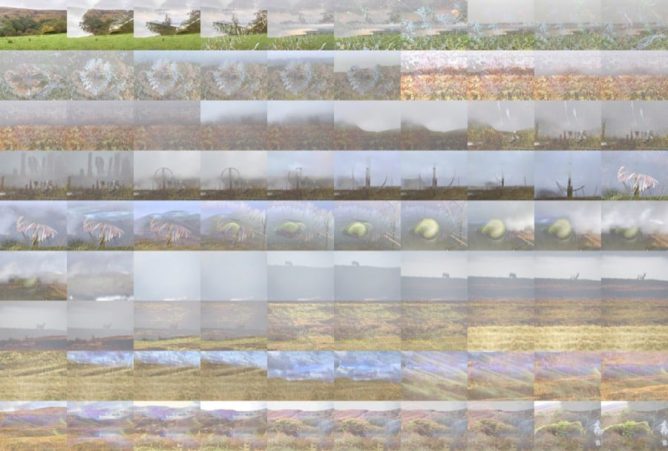
Earlier in the week I saw micro.blogger Dan Cohen’s newsletter: Humane Ingenuity 36: 15% Faster which linked to DHQ: Digital Humanities Quarterly: Deformin’ in the Rain: How (and Why) to Break a Classic Film
Dan said:
Jason Mittell provides an extremely creative, occasionally bizarre, frequently hilarious, and ultimately rather helpful “inventory of deformative practices” to uncover hidden layers of meaning in media.
The article provides a pile of great gifs and distorted videos.
I’ve played around with this sort of thing before montages, gifsets and the like. Mostly DS106 inspired.
One idea I’d kept playing with is layering of images. My plan had been to layer a sequence into a movie, I’d never really got it going smoothly. I mostly just run a photo set through a script to get 1000s of images and choose a few interesting ones.
I usually use a few commandline tools for this, imagemagick & ffmpeg but there was a rather nice idea of using the StarStaX app an application for Star Trail Photography. I loaded it up with 90 odd jpgs images from a walk and merged them. I then stitched them together with ffmpeg and added some audio “Mysterious Ethereal Song” by theojt :
Not exactly a work of art but fun, I also learnt how to fade a video with ffmpeg which might be useful.
Fawkes Faces
Fascinating watch
More on Fawkes This is really fascinating stuff.
Including Binaries for MacOS/Windows/Linux
This is a commandline thing, but the instructions are fairly straightforward.
My test took a bit longer than 40 seconds per image. I can see a wee bit difference and there is a fair increase in file size. I wonder if the cloaking survives resizing or other image operations.
Update, the first run produced png files, I then read the help and set the format for output to jpg. That made the file size a lot smaller. 140 KB as opposed to the original 828 KB
I guess this ort of thing could be built in to image editors.
via: John Naughton Thursday 23 July, 2020 | Memex 1.1
Not content with being an already great free service, Unsplash now has collections for education.
Not content with being an already great free service, Unsplash now has collections for education.
@matthewlang on micro.blog reminds me of unsplash, I must add to list of photo sources for my class.
…the wood amongst the trees….. By deconstructing images into random regular elements it enables us to see the wood amongst the trees, the hidden details we may have missed, the texture of the paint, the stories within stories, the sub plots.
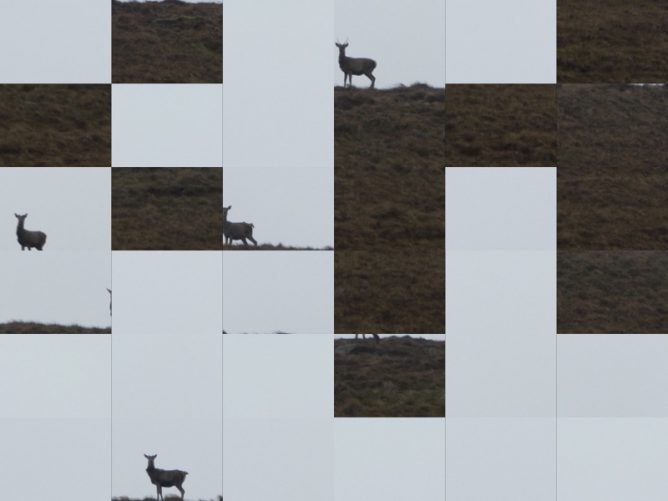
Theo is using a ds106 toy I made a while back. I don’t think I’d really though much about the use of cubomaina images.
Cubomania Gif! makes still jpgs too. I just changed it a little to keep the still images fullsized but resizing gifs to a more sensible 400 pixels wide.
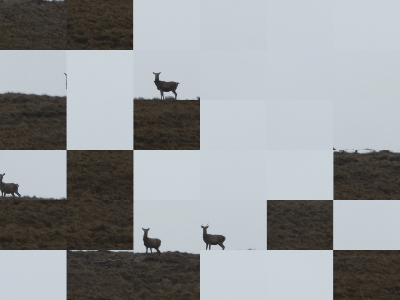
The images in Theo’s post are a lot more illustrative of his ideas that the one here.
This is fascinating to me for a couple of reasons: When I tested it I’d forgotten I’d been using duckduckgo.com on all my devices for 4 months, so I could see a view file link. Obviously I’ve not missed google searches.
Is it such a bad thing that you have to visit a site to download images. That gives you thinking time and might help you check copyright.
Because attribution is not about following rules, it’s giving credit to the source of photos. Because it’s about saying thank you
If Dave Pell Won’t Attribute His Images I Guess Someone Has to Help from @cogdog
Google Image Search on iOS

TL:DR I’ve found a link that leads to google image search for images labeled for noncommercial reuse. This is handy on iOS where it is hard to get to the Usage Rights Filter, here is the link: https://www.google.co.uk/search?q=&lr=&safe=active&hl=en-GB&tbs=sur:f&tbm=isch.
Coming back to the classroom after 9 years I find I am still interested in searching for images and copyright. It still seems to be as hard to get young children to understand the problem and harder to understand and carry out attribution.
On my classes blog I link to various places to search for images with some advice on attribution. I include my FlickrCC Stampr tool which can simplify the attribution.
As well as the problem with attribution there is the ever present temptation just to search google. This is made worse by the fact that the Search Tools displayed on iOS lack the Usage Rights popup.
So I was interested in the link I saw today: How to find Google images with reuse licenses on an iPad iOS – Using Technology Better.
Unfortunately this method was described as a hack and took 6 steps to get to the advanced search and the usage rights pop up.
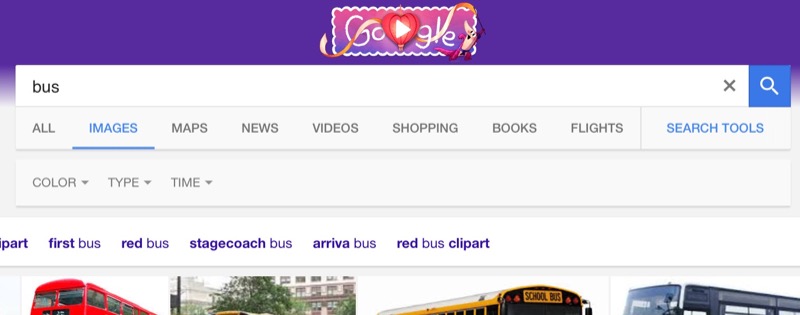

So I though I might have a search for the url parameters1 involved in a search with the Usage rights displayed.
There are quite a lot of parameters and although searching google for a list provides some these seem to be both undocumented and changeable:
You can expect that a lot of this will change. The reason why Google themselves do not provide any guidance or documentation on these parameters is probably that they want to retain full freedom to change how they work. You can expect that some will be removed, some will be added, and others will give a different result than before.
from: Google Search URL Request Parameters | DETECTED Which give a lot of details, but not the one I wanted.
So I went through the process in the Using Technology Better post and copied the url. I then started deleting the parameters until I found the ones that would produce the right kind of search:
https://www.google.co.uk/search?q=&lr=&safe=active&hl=en-GB&tbs=sur:f&tbm=isch
The tbm=isch bit makes it an image search, the tbs=sur:f seems to set the usage rights to Labeled for noncommercial reuse.
So you can now give pupils on iOS a direct link to search for images that labeled for noncommercial reuse.
Featured Image: found searching Flickr for search with no known copyright restrictions: Image from page 211 of “Bulletin” (1961-1962) by Internet Archive Book Images No known copyright restrictions
1. The paramaters are the bits in the url after ? for example ?q=bus&safe=active, makes a search for a bus safe. ↩



